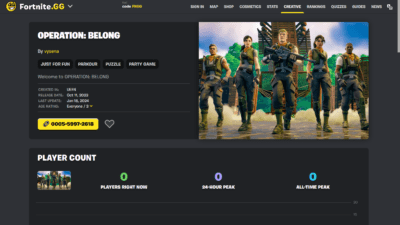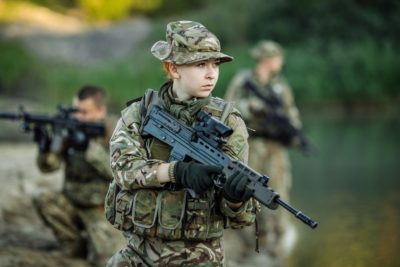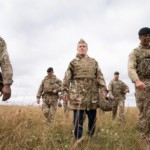ForcesWatch response to the Ministry of Defence’s statement, 22 August 2013
ForcesWatch
In response to the paper, ‘Young age at Army enlistment is associated with greater war zone risks’, published by ForcesWatch and Child Soldiers International (August 2013), the Ministry of Defence have issued a statement containing a number of claims all of which are either inaccurate or not relevant to the study’s findings. Here we respond to each claim in turn.
MoD: The report uses estimated figures for some soldiers.
The study is based on 209 fatalities among British soldiers in Afghanistan. For 199 of these, the enlistment ages and enlistment dates were known and we could assign them to their enlistment age groups accordingly. For the remaining 10 individuals, the enlistment age group was uncertain but could be estimated based on the year of birth and date of enlistment. We ran the calculations including and excluding these 10 individuals and the results were the same. So the report does use some estimated figures but its results do not depend on these.
MoD: The figures are not recognised, not correctly sourced, and not based on official statistics.
We used official Ministry of Defence statistics throughout (including published intake data for the ten years we investigated and the official fatalities listing on the MoD website) with the exception of data on 27 individuals (13% of total) whose date of birth and/or date of enlistment was not recorded in the official fatalities listing. In these cases, we sourced the data from press reports or memorial websites, which we stated in the report. Had we had access to this information from official sources, we would have used it, but in our view a) it would be more misleading to exclude these individuals than to include them; and b) even had these individuals been excluded, this would not have affected the overall finding of an elevated risk in the 16 year old enlistment age group.
MoD: It is wrong and misleading to claim that the youngest recruits are channelled into the most dangerous roles.
In fact, they are. The Infantry is the most dangerous major section of the Army, with a rate of fatality in Afghanistan some six times that found in the rest of the Army. It is a quarter of the Army’s size but accounts for one third of all the Army’s minors, so minors are over-represented in the most dangerous part of the Army. Between 2007-08 and 2011-12, 35.3% of new Regular Army recruits joined Infantry regiments (39.2% of all minors and 33.8% of all adults). Many armed forces roles are barred to applicants without good GCSE results, but the Infantry does not require any qualifications, which is why many recruits who join the Army straight from school enlist into higher-risk Infantry roles. The study discusses this in a little more detail.
MoD: It is inaccurate to claim that 16 year olds are barred from certain roles.
The study does not make this claim. It says that some roles require qualifications and others do not, such that 16 year olds who leave school without good qualifications are not eligible to join most technical roles but are able to join the Infantry.
MoD: By excluding officers, reservists and Gurkhas, the study does not ‘provide an accurate comparison’.
The study investigated soldiers who died in Afghanistan and could have been recruited from age 16; this does not apply to Gurkhas, officers or reservists, so it would have been misleading to include them. As soldiers in these categories were excluded from both the fatalities data and the recruitment data, the comparisons the study makes are valid.
MoD: The Army provides challenging and constructive training opportunities to young people, especially those who join aged 16.
There is no verifiable evidence that 16 year old Army recruits eventually leave having experienced training opportunities that serve them well when they later join the civilian jobs market (typically around the age of 26), or that these recruits are better off in the Army than staying on in education or some kind of civilian training before enlisting at age 18. Some veterans are pleased with what the Army has given them, others are not. Much depends on the role a recruit joins; technical trades (e.g. mechanic) provide better quality, transferrable training than does the Infantry.
Source for MoD statement: Evening Standard: ‘Young soldiers “more likely to die”’, 22 August 2013, online at http://www.standard.co.uk/panewsfeeds/young-soldiers-more-likely-to-die-8779128.html (accessed 22 August 2013)
See more: recruitment age, risks,










